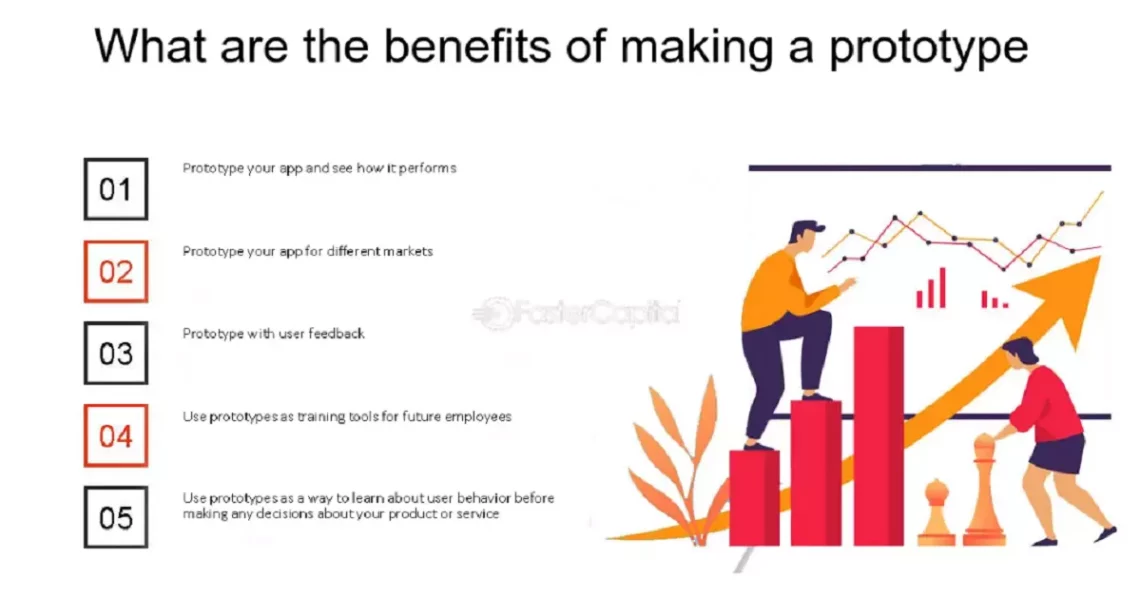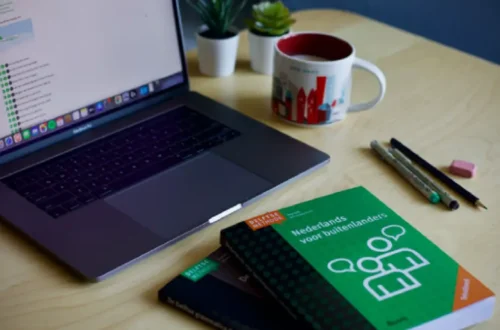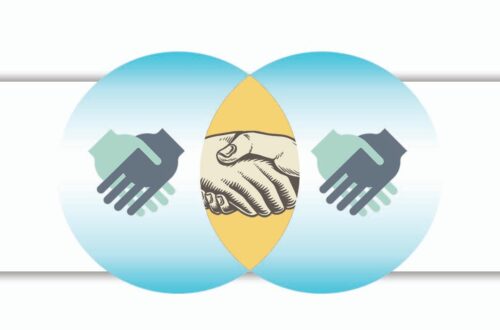Building a prototype is a crucial and revolutionary step in the ever-changing world of product development. Before moving forward with full-scale manufacturing, designers and engineers can test, improve, and validate their concepts on a real-world platform through prototyping, a tangible incarnation of an idea. This piece examines the many advantages of creating a prototype, emphasizing how this crucial stage fosters innovation and guarantees the success of a finished product.
I. Design Concept Validation:
Designers can test the practicality of their ideas in a real-world environment via prototypes. This procedure aids in detecting any disparities that may exist between the theoretical conception and actual execution.
Making a pcbasicpcba manufacturerprototype is a concrete way to demonstrate a concept. It gives investors, team members, and stakeholders a functional and visual representation, boosting confidence in the feasibility of the suggested design.
II. Determining and Correcting Design Flaws:
Early identification of technological problems and design defects is made easier by prototyping. Early detection of these issues allows designers to remedy them before proceeding, thus saving time and resources.
Prototyping’s iterative process enables continuous improvement. Designers can make small adjustments based on user feedback and testing outcomes to ensure a polished and optimized final product.
III. Economical Problem-Solving Approach:
As a risk-reduction tactic, prototyping helps identify possible problems before large-scale production. Early problem detection reduces the likelihood of expensive mistakes during large-scale production.
Prototyping can be expensive at first, but it’s nothing compared to what it could cost to fix problems or correct design flaws once production has started. Prototyping is an economical approach that yields significant long-term savings.
IV: User Input and Iterative Enhancement
Prototypes let end users engage with the product early on by giving end users a physical experience. User feedback is invaluable when it comes to adjusting the design to satisfy customer preferences and expectations.
Designers may improve the user experience by incorporating customer feedback through iterative prototyping. This user-centric methodology guarantees that the result effortlessly conforms to the user’s needs and preferences.
V. Shorter Time for Development:
Prototyping facilitates an iterative feedback loop that speeds up decision-making. Quick evaluation of the effects of design modifications and well-informed decision-making enables designers to maintain a rapid development process.
Through early problem-solving, prototyping expedites the design to the manufacturing process. This development phase efficiency accelerates the final product’s time to market.
VI. Collaboration and Communication with Stakeholders:
For efficient communication between team members, stakeholders, and collaborators, prototypes offer a concrete medium. Collaborative decision-making is facilitated, and a shared understanding is fostered by visualizing the product.
Designers can match stakeholders’ expectations with the final product by displaying a real prototype. This openness guarantees that all project participants have a shared vision and helps to manage expectations.
VII. Testing the Market and Adaptability:
Through market testing made possible by prototyping, product designers may determine how well their ideas will be received. The product can better adjust to market demands thanks to this early market feedback, which influences strategic decisions.
Prototyping simplifies adopting modifications if feedback from the market indicates that tweaks or pivots are necessary. Maintaining competitiveness and reacting to changing market trends require this flexibility.
For more information visit: https://www.pcbasic.com/pcba-x/prototype_pcb_assembly.html
In summary:
Creating a prototype has several advantages that go well beyond design validation. In a dynamic and essential stage, prototyping enables innovators to hone their ideas, recognize and solve problems, and ensure the finished product lives up to user expectations. By embracing prototyping’s iterative and user-centric nature, designers and engineers can approach the difficult process of product development with creativity, agility, and a strategic focus on success.





